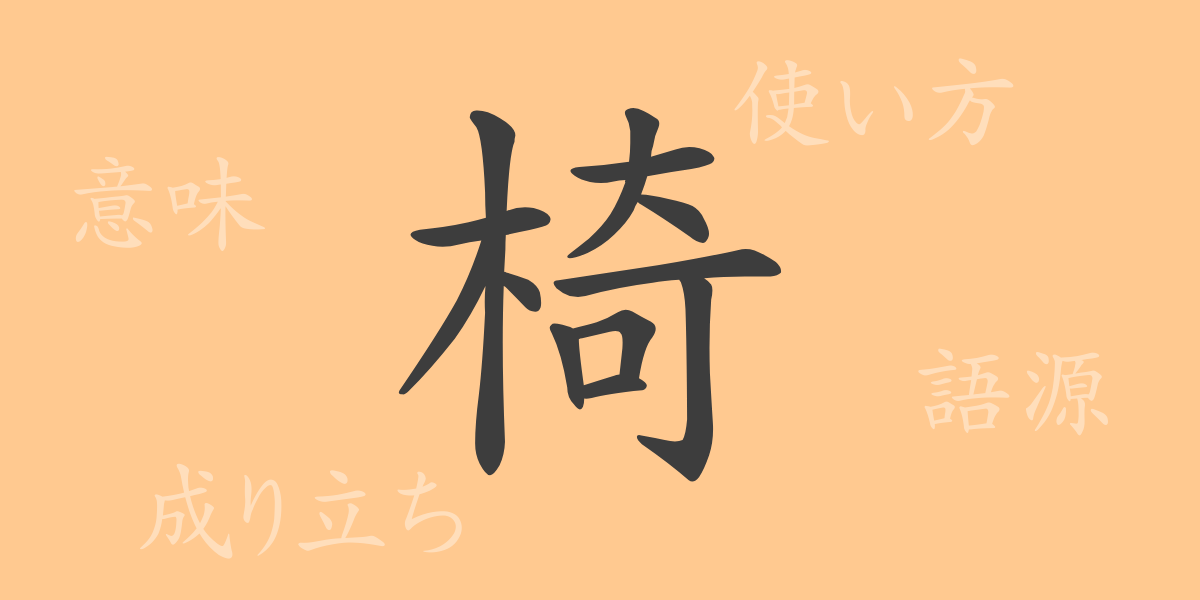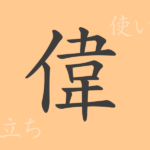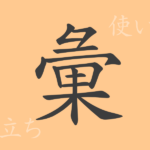“
The Japanese language is rich with kanji, each possessing unique histories and meanings. This article focuses on the kanji ‘椅’ (I), a character often seen in daily life but whose origins and meanings might not be widely known. As a piece of furniture reflecting culture and history, we delve into the world of ‘椅’ to uncover its charm.
Origins of 椅 (I)
The kanji ‘椅’ traces back to ancient China and is associated with wood, as indicated by its radical ‘木’. Originally, ‘椅’ referred specifically to wooden seating furniture, deriving from a combination with ‘奇’, which signifies sitting. Over time, it evolved into a dedicated character for chairs and was adopted into Japanese.
Meaning and Usage of 椅
‘椅’ primarily means ‘chair’, referring to the furniture used for sitting. Common usages include ‘sit on a chair’ (Isu-ni-suea-ru), ‘pull up a chair’ (Isu-wo-hi-ku), and ‘arrange chairs’ (Isu-wo-nara-beru). It also appears metaphorically in phrases like ‘take away a chair’ (Isu-wo-uba-u), used to describe competing for a position or status.
Readings, Stroke Count, and Radical of 椅
The kanji ‘椅’ has specific readings and structural details:
- Readings: On’yomi (Sino-Japanese reading) is ‘I’, with no specific kun’yomi (native Japanese readings).
- Stroke Count: ‘椅’ consists of 12 strokes.
- Radical: Its radical is ‘木’ (Ki), associated with wood.
Phrases and Idioms Using 椅
While not abundant, there are a few idioms and phrases involving ‘椅’:
- ‘椅子取りゲーム’ (Musical chairs) – A game where participants compete for chairs, symbolizing competition or struggle.
- ‘椅子に座る’ – Literally means sitting on a chair, but metaphorically it can signify assuming a position or office.
Summary of 椅
The kanji ‘椅’ is commonly used to denote chairs, intertwining deeply with our daily lives. Its simple yet profound history and meaning highlight the richness of the Japanese language. ‘椅’ not only represents an everyday object but also carries a cultural and historical significance that reminds us of its longstanding relevance.
“

























